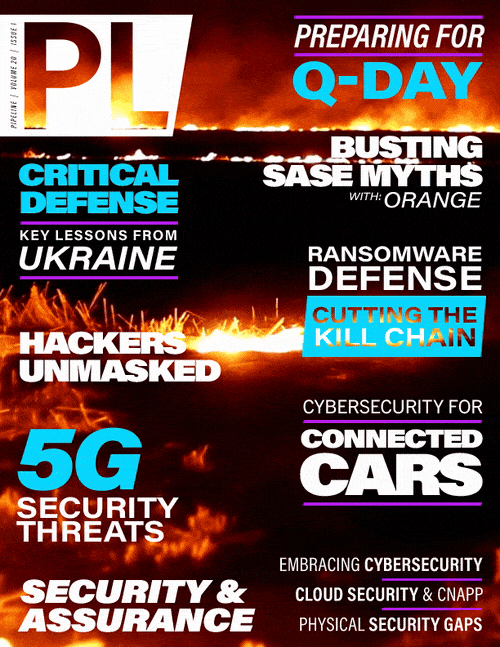Six 5G Security Threats to Prepare For
Six 5G vulnerabilities to watch for:
- OAuth2.0 security risks. ”Open Authorization” is a standard designed to allow a website or application to access resources hosted by other web apps on behalf of a user. These threats are primarily token-based, particularly on the client/server side, and are already well-known to the industry, but IT and network teams still need to be on the lookout for them.
- API-based weaknesses can create a whole host of security threats, including injection flaws. This is where an attacker can trick the ”interpreter” into executing unintended commands or accessing data without proper authorization.
- JSON Web Token (JWT)-based vulnerabilities have a similar effect as API weaknesses. Risks include JWT tokens being stolen, along with ”fuzzing” of data in the header or payload section, token tampering, and a few other potential risk areas.
- Slow read DDoS attacks involve an attacker sending a legitimate HTTP request to a server but then reading the response as slow as one byte at a time. This prevents the server from getting an idle connection timeout, thus holding resources unnecessarily.
- HPACK bombs are where an attacker uses seemingly small messages that drastically expand and force the target to allocate gigabytes of memory, slowing down response times.
- Stream multiplexing abuse is where attackers leverage flaws in how servers implement stream multiplexing to trigger denial of service attacks.
The serious nature of these threats and vulnerabilities emphasizes the importance of maintaining a secure infrastructure to successfully deliver network slicing-based solutions. Implementing robust security measures, such as encryption, authentication protocols, and continuous monitoring, becomes non-negotiable. Only through a steadfast commitment to security can we harness the immense potential of network slicing while mitigating the risks associated with these advanced network technologies.
Mitigating Risk in Network Slicing
In the constantly changing field of network security, strict policies and rules-based access controls have become indispensable safeguards against myriad threats. These measures establish clear guidelines for controlling access to network slices, regulate what resources can be utilized, and govern how data is to be transferred. While many threats and their potential impacts are still being assessed, organizations can proactively mitigate likely vulnerabilities and unauthorized access attempts by implementing such policies.
Modern security solutions play a pivotal role in protecting slicing-enabled networks. These solutions are designed to detect and prevent a wide range of security threats, from the subtlest anomalies to the most overt breaches. With advanced threat detection algorithms and real-time monitoring capabilities, they act as vigilant gatekeepers, ensuring that network slices remain resilient and secure.
The importance of continuously monitoring, testing, and analyzing the network cannot be overstated. These practices enable organizations to identify and resolve network vulnerabilities quickly, minimizing any potential window of opportunity for bad actors. By closely monitoring network traffic, running penetration tests, and leveraging analytical tools, security teams can stay one step ahead of potential threats and maintain the integrity and reliability of network slicing environments.
Looking ahead, 5G network slicing holds immense promise. As the technology matures and security measures become more refined, we can anticipate a world where connectivity is seamlessly customized to meet the unique needs of diverse users and applications. This evolution promises to accelerate the growth of the IoT, augmented reality, and countless other innovative applications that we haven’t even considered yet. In this rapidly evolving environment, with a digital landscape more versatile and interconnected than ever before, network slicing is poised to be at the forefront, shaping how we experience the power of 5G connectivity. But to fully harness its potential, a comprehensive security strategy is essential. A proactive approach combining strict policies, robust security solutions, and vigilant monitoring, is the key to safeguarding our digital future.



















